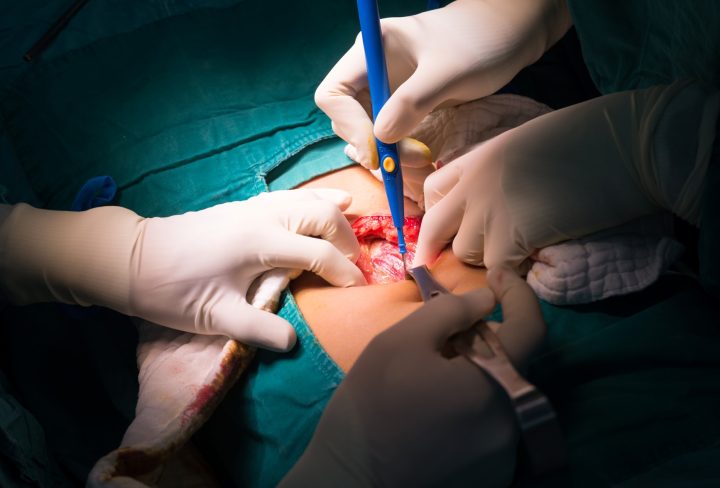Appendectomy is a crucial surgical procedure aimed at removing the appendix, a small, tube-like organ situated in the lower right abdomen. The appendix is believed to be a vestigial structure, devoid of a significant function in the human body. However, when it becomes inflamed or infected, a condition known as appendicitis, appendectomy is the standard treatment. In this article, we delve into the details of this essential surgical intervention, its significance, and its benefits in treating appendicitis.
Causes and Symptoms of Appendicitis: Identifying the Red Flags
Appendicitis arises when the appendix gets blocked, typically due to a buildup of stool, foreign objects, or an infection. This blockage leads to bacterial growth within the appendix, resulting in inflammation and swelling. The most common symptoms of appendicitis include abdominal pain, loss of appetite, nausea, vomiting, low-grade fever, and tenderness in the lower right abdomen. Rapid medical attention is vital to prevent complications such as appendiceal rupture, which can be life-threatening.
Types of Appendectomy: Exploring Surgical Approaches
There are two primary methods of performing an appendectomy:
- Open Appendectomy: In this conventional approach, the surgeon makes a single incision in the lower right abdomen to access and remove the inflamed appendix. The incision is then closed with stitches or staples.
- Laparoscopic Appendectomy: A minimally invasive technique that involves making several small incisions in the abdomen. The surgeon inserts a laparoscope, a thin tube with a camera, and other surgical instruments through these incisions to remove the inflamed appendix. The smaller incisions result in reduced scarring and a quicker recovery time compared to open surgery.
Risks and Complications: Weighing the Concerns
While appendectomy is generally safe, it does carry some risks. These may include infection, bleeding, organ injury, adverse reactions to anesthesia, and the formation of an abscess near the surgical site. Nonetheless, the chances of experiencing severe complications are relatively low.
Recovery and Aftercare: Nurturing the Healing Process
The recovery period following an appendectomy varies depending on the surgical approach and the severity of appendicitis. After the surgery, patients can expect a short hospital stay for monitoring and pain management. Proper wound care, including keeping the incision area clean and dry, is essential to prevent infection. Patients are also advised to avoid engaging in strenuous activities for a few weeks to facilitate healing.
Conclusion:
Appendectomy plays a vital role in treating appendicitis, a condition that can quickly escalate without prompt intervention. Recognizing the symptoms of appendicitis and seeking immediate medical attention are essential for a successful recovery. The choice between open and laparoscopic appendectomy depends on various factors, but both methods have proven effective in removing the inflamed appendix and restoring patients to good health. With modern medical advancements and proper aftercare, appendectomy remains a well-established and dependable treatment option for this common abdominal emergency.



